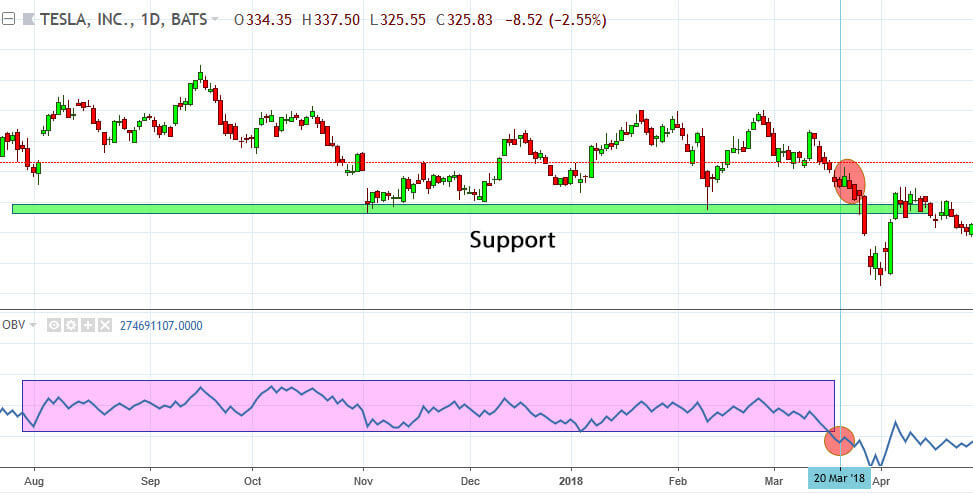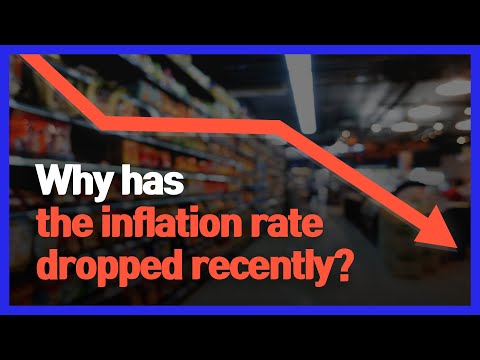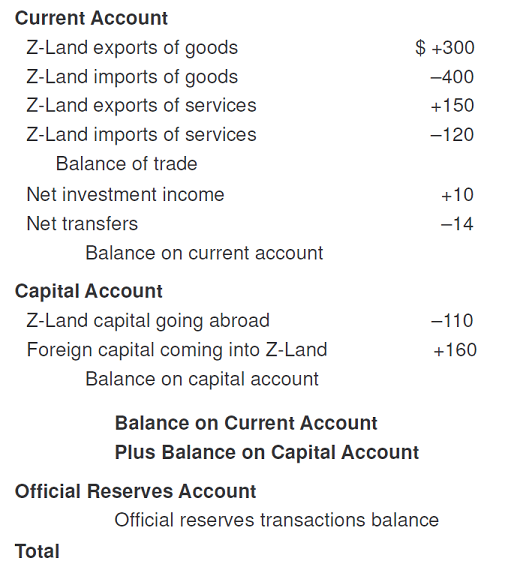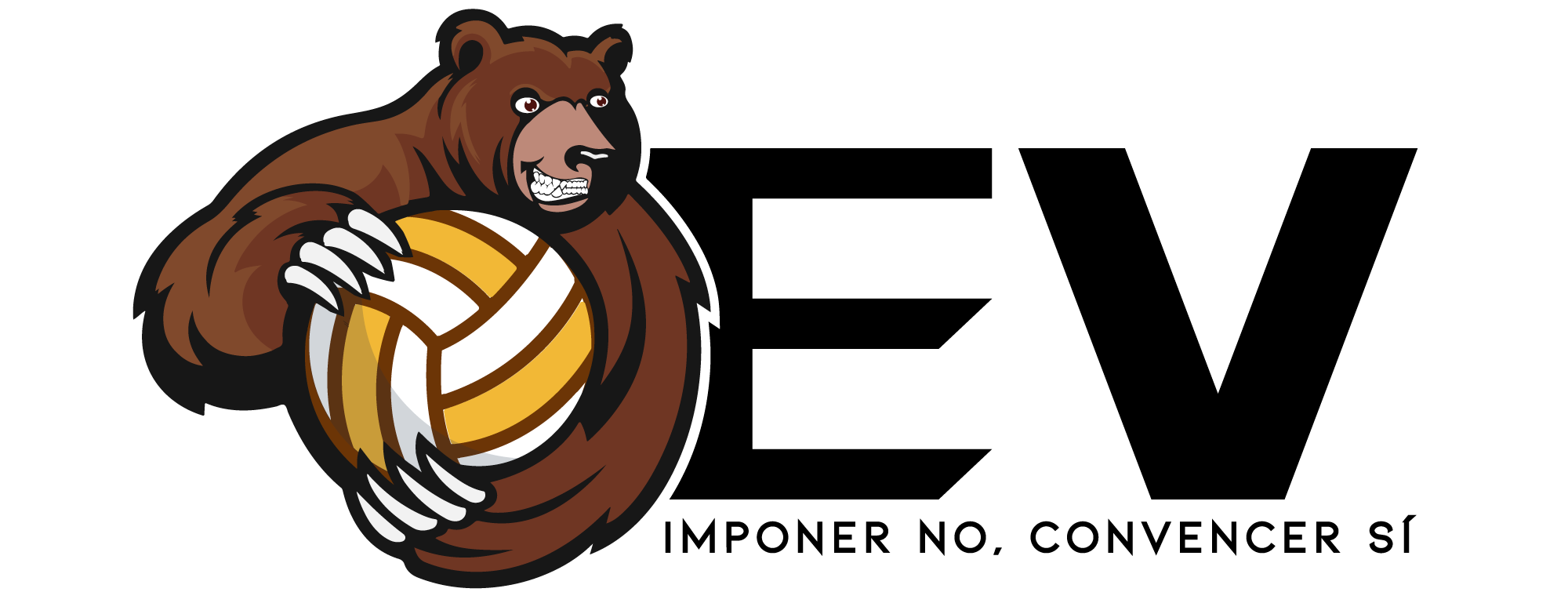Contents:
Schipper maintains a bibliography on unawareness, mostly with papers in economics and computer science, at \url. This occurs because change often involves gains on some dimensions and losses on others, and loss aversion can make people reluctant to accept change. Consequently, when consumers are told that a pharmaceutical product is currently on the market, they recommend keeping it on the market. When they are told that the same product is currently not on the market, they recommend keeping it off the market.
Discussing how people “ought” to make decisions in certain scenarios is part of this study as well. Essentially, it’s a decision theory, but it has some important distinctions from other decision, such as causal and evidential decision theory. In particular, FDT focuses on choosing the output of a decision function rather than merely the action itself.

The idea is that seeking more evidence is an action that is choice-worthy just in case the expected utility of seeking further evidence before making one’s decision is greater than the expected utility of making the decision on the basis of existing evidence. This reasoning was made prominent in a paper by Good , where he proves that one should always seek “free evidence” that may have a bearing on the decision at hand. Indeed, the fact that conditionalisation plays a crucial role in Good’s result about the non-negative value of free evidence is taken by some as providing some justification for this learning rule. This brings us to the Transitivity axiom, which says that if an option \(B\) is weakly preferred to \(A\), and \(C\) weakly preferred to \(B\), then \(C\) is weakly preferred to \(A\).
2 Decision Theories
Notwithstanding these finer disputes, Bayesians agree that pragmatic considerations play a significant role in managing beliefs. One important way, at least, in which an agent can interrogate her degrees of belief is to reflect on their pragmatic implications. Furthermore, whether or not to seek more evidence is a pragmatic issue; it depends on the “value of information” one expects to gain with respect to the decision problem at hand.
For instance, any event \(F\) can be partitioned into two equiprobable sub-events according to whether some coin would come up heads or tails if it were tossed. Each sub-event could be similarly partitioned according to the outcome of the second toss of the same coin, and so on. Independence implies that when two alternatives have the same probability for some particular outcome, our evaluation of the two alternatives should be independent of our opinion of that outcome. Intuitively, this means that preferences between lotteries should be governed only by the features of the lotteries that differ; the commonalities between the lotteries should be effectively ignored. Intuitively, Continuity guarantees that an agent’s evaluations of lotteries are appropriately sensitive to the probabilities of the lotteries’ prizes.

These are intended as constraints on an agent’s preference relation, \(\preceq\), over a set of acts, \(\bF\), as described above. People do seem to use their beliefs regarding contingencies and value to make choices regarding what jobs to take and other work-related behaviors. Moreover, self-report methods of eliciting these beliefs can be useful as organizations seek to understand why performance levels are not up to standard or what might improve them. However, for more mundane issues, such as determining how much effort to exert toward performance, the theories are less impressive. Indeed, exceptions seem to be the rule, and decision researchers are attempting to explain why people deviate from doing what seems to be in their best interest as defined by an expectancy–value theory.
Skyrms shows that any such agent who plans to learn in a manner at odds with conditionalisation will make self-defeating choices in some specially contrived sequential decision situations. A conditionalising agent, by contrast, will never make choices that are self-defeating in this way. The kind of “self-defeating choices” at issue here are ones that yield a sure loss. That is, the agent chooses a strategy that is surely worse, by her own lights, than another strategy that she might otherwise have chosen, if only her learning rule was such that she would choose differently at one or more future decision nodes. So under what conditions can a preference relation \(\preceq\) on the set \(\Omega\) be represented as maximising desirability?
The above example also clearly demonstrates that Regret Theory permits violations of State Neutrality, since the different acts yield the same probability distributions over outcomes. Loomes & Sugden further show that violations of Stochastic Dominance are licensed by their model. However, in spite of these departures from orthodoxy, it should be noted that Regret Theory retains a number of other strong consequences of SEU, including the Sure-Thing principle, as well as Betweenness for probabilistically independent distributions.
Please log in or register to answer this question.
The fact that the outcomes in the above case must be specific enough to contain the state of the weather may seem rather innocuous. However, this requirement exacerbates the above-mentioned problem that many of the options/acts that Savage requires for his representation theorem are nonsensical, in that the semantic content of state/outcome pairs is contradictory. Recall that the domain of the preference ordering in Savage’s theory amounts to every function from the set of states to the set of outcomes . So if “I drink lemonade this weekend in hot weather” is one of the outcomes we are working with, and we have partitioned the set of states according to the weather, then there must, for instance, be an act that has this outcome in the state where it is cold!
- After all, creating a quality product is not necessarily indicative of whether or not people will buy it and whether a company will be able to recover the investment made in R&D and marketing they put forth trying to sell it.
- To keep things simple, we shall however focus on Savage’s expected utility theory to illustrate the challenge posed by unawareness.
- Thus, they pursue the best feasible choice to provide consumers with a better experience.
Another example is that decision-makers may be biased towards preferring moderate alternatives to extreme ones. The Compromise Effect operates under a mindset that the most moderate option carries the most benefit. In an incomplete information scenario, as in most daily decisions, the moderate option will look more appealing than either extreme, independent of the context, based only on the fact that it has characteristics that can be found at either extreme. Normative https://1investing.in/ identification of optimal decisions where optimality is often determined by considering an ideal decision maker who is able to calculate with perfect accuracy and is in some sense fully rational. The practical application of this prescriptive approach is called decision analysis and is aimed at finding tools, methodologies, and software to help people make better decisions. Bradley and Stefánsson also develop a new decision theory partly in response to the Allais paradox.
How much these theorems really tell us is a matter of debate, as discussed above. But on an optimistic reading of these results, they assure us that we can meaningfully talk about what goes on in other people’s minds without much evidence beyond information about their dispositions to choose. We have seen that sequential decision trees can help an agent like Ulysses take stock of the consequences of his current choice, so that he can better reflect on what to do now. The literature on sequential choice is primarily concerned, however, with more ambitious questions.
Descriptive vs Normative Decision Theory
Its goal is to guide decision makers to the ‘best’ action, regardless of how bad the results might turn out. Descriptive decision theory focuses on the choice behavior of agents in hypothetical, idealized environments. These idealized environments are not typically found in reality, which makes it impossible for social scientists to establish a direct connection between idealized states and real ones. This theory was the first to study decision-making behavior, but has since been overshadowed by descriptive theory.
These theories focus on what individuals do with the associations learned as opposed to how they are formed. Hence, researchers can be less concerned with what the environments look like and can focus on how those environments are interpreted by the workers. Former university professor Leonard Jimmie Savage, the author of “The Foundations of Statistics,” outlined the different conditions of uncertainty that exist in modern-day decision-making theory. It helps us understand the choices professionals, consumers, or even voters make when coming to a decision. Decision theory is primarily concerned with helping people and organizations in making decisions. The decision making refers to the selection of an act from amongst various alternatives, the one which is judged to be the best under given circumstances.

In this way, specifying the family of potential models and assigning a subjective probability distribution to them removes model misspecification. Decision theories have several advantages over other theories of motivation from the perspective of motivational researchers. First, as the key dependent variable, they can use self-report measures of choice rather than behavior, which can be hopelessly confounded with ability. Second, because decision theories assume the cognitive processing of information, researchers can also obtain reports from workers about the contingencies and associations they perceive in their environments.
After all, if one is not even aware of the possibility that one is unaware of some state or outcome, then that unawareness cannot play any role in one’s reasoning about what to do. However, decision-theoretic models have been proposed for how a rational person responds to growth in awareness . In particular, decision theory is concerned with economists Karni and Vierø have recently extended standard Bayesian conditionalisation to such learning events. Their theory, Reverse Bayesianism, informally says that awareness growth should not affect the ratios of probabilities of the states/outcomes that the agent was aware of before the growth.
This sequence could have been achieved if Ulysses were continuously rational over the extended time period; say, if at all times he were to act as an EU maximiser, and change his beliefs and desires only in accordance with Bayesian norms . On this reading, sequential decision models introduce considerations of rationality-over-time. The vNM theorem is a very important result for measuring the strength of a rational agent’s preferences over sure options . But this does not get us all the way to making rational decisions in the real world; we do not yet really have a decision theory.
What is Decision Theory?
Otherwise, you would prefer the union that contains the one of \(p\) and \(q\) that you find less probable, since that gives you a higher chance of the more desirable proposition \(r\). It then follows that for any other proposition \(s\) that satisfies the aforementioned conditions that \(r\) satisfies, you should also be indifferent between \(p\cup s\) and \(q\cup s\), since, again, the two unions are equally likely to result in \(s\). As noted, a special case is when the content of \(p\) is such that it is recognisably something the agent can choose to make true, i.e., an act.
Expected value theory
It is standardly distinguished from a parallel enterprise, normative decision theory, which seeks to provide an account of the choices that people ought to be disposed to make. Much of the work in this area has been devoted to the building and testing of formal models that aim to improve on the descriptive adequacy of a framework known as “Subjective Expected Utility” . This adequacy was first called into question in the middle of the last century and further challenged by a slew of experimental work in psychology and economics from the mid 1960s onwards. The revival of subjective probability theory, from the work of Frank Ramsey, Bruno de Finetti, Leonard Savage and others, extended the scope of expected utility theory to situations where subjective probabilities can be used. At the time, von Neumann and Morgenstern’s theory of expected utility proved that expected utility maximization followed from basic postulates about rational behavior.
